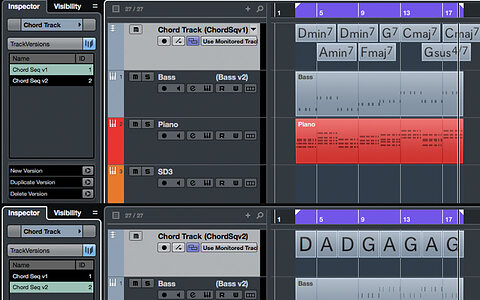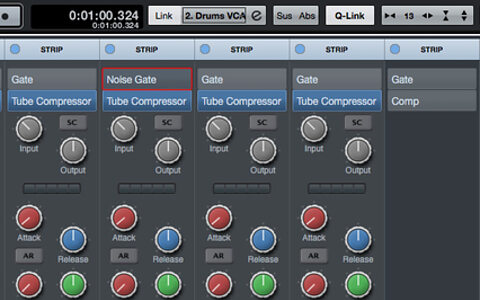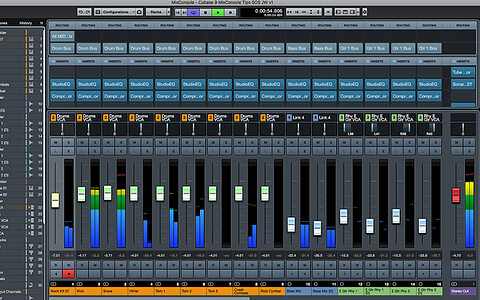
Steinberg Wavelab v4
As an all-round package for multitrack audio editing, mastering and CD burning, Steinberg's Wavelab leads the field. Does the new version 4 keep it ahead of the competition?

As an all-round package for multitrack audio editing, mastering and CD burning, Steinberg's Wavelab leads the field. Does the new version 4 keep it ahead of the competition?

Why can't I run Cubase 5.1 on Windows 95? Is there a software package that acts purely as a virtual tape recorder? What is panning law? How can I get equal monitoring levels? Do multi-client soundcards still exist? Which hard disk format is best for PC audio?

Queen's seminal 1975 album and the worldwide hit from it, 'Bohemian Rhapsody', might almost have been tailor-made for surround sound. Now guitarist Brian May and engineer/surround specialist Elliot Scheiner have remixed this masterpiece for what promises to be a genre-defining DVD-Audio release.

If you like to explore different versions of a song (or just have difficulty making your mind up!) Cubase’s Track Versions have a lot to offer.

Manage effects and processors more efficiently in Cubase’s MixConsole.

Cubase’s MixConsole has all sorts of handy features to help you establish an efficient mix workflow.

Cubase’s audio transpose features open up some interesting creative possibilities.

Steinberg have today launched Cubase 9.5, which puts a clear emphasis on user-requested features and...

Theoretical figures and manufacturers' measurements may suggest that the latency of your soft synths is negligible — but that's no use if their timing is all over the place when you actually play them. Our real-world results give you the true picture.

All modern sequencers make it easy to enhance your arrangements with subtle tempo variations, but these facilities are often ignored.